9001KR9G
Push-button head, Harmony 9001K, metal, mushroom 41mm, green, 30mm, 2 positions, push-pull
- Stock status:
- In stock
- Manufacturer:
- Schneider
- Product code:
- 9001KR9G
Main documents
| Range of Product | Harmony 9001K |
|---|---|
| Product or Component Type | Head for push-button |
| Device short name | 9001K |
| Operator profile | Green flush |
| Operator additional information | Screw-on plastic |
| Mounting diamete | 1.18 in (30 mm) |
|---|---|
| Shape of signaling unit head | Round |
| Type of operator | Spring return |
| Bezel material | Metal |
| Cap/operator or lens colour | Green |
| Operator profile | Mushroom Ø 41 mm |
| Type of operator | Push-pull |
| Operator position information | 2 positions |
| Contacts type and composition | Without contact block |
| Category | US10CS121426 |
|---|---|
| Discount Schedule | 0CS1 |
| GTIN | 785901820628 |
| Returnability | Yes |
| Country of origin | MX |
| Unit Type of Package 1 | PCE |
|---|---|
| Number of Units in Package 1 | 1 |
| Package 1 Height | 1.80 in (4.572 cm) |
| Package 1 Width | 2.20 in (5.588 cm) |
| Package 1 Length | 3.60 in (9.144 cm) |
| Package 1 Weight | 4.16 oz (117.934 g) |
Product Description
Schneider Electric
Schneider Electric is a multinational corporation specializing in energy management and automation solutions. With operations in over 100 countries, the company offers a wide range of products and services for various industries, including residential, commercial, and industrial.
Schneider Electric is focused on sustainability and innovation, aiming to help their customers manage energy efficiently and reduce their environmental impact.
Schneider Electric Push Button
Schneider Electric offers a wide range of push buttons, designed for various industrial and commercial applications. Schneider Electric Push Buttons are high-quality, durable, and reliable components used to control electrical circuits in industrial, commercial, and residential settings.
They come in various types, sizes, and colors to meet the diverse needs of different applications. These push buttons are part of the Harmony range, known for its user-friendly design and robust performance.
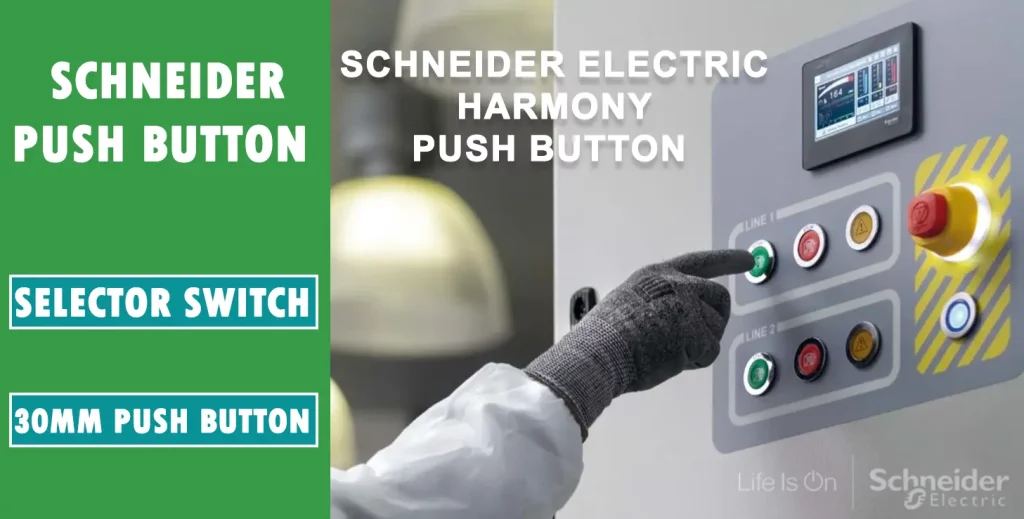
30mm Selector Switch
Schneider Electric 30mm Selector Switches are robust and versatile components used for manual control of electrical circuits. These selector switches are part of the Harmony 9001K and 9001SK series, known for their durability, ease of use, and reliable performance.
Key Features:
- 1.Durable Construction: Built with high-quality materials to withstand harsh industrial environments.
- 2.Versatile Designs: Available in multiple configurations, including two-position, three-position, and maintained or momentary actions.
- 3.Easy Installation: Designed for quick and easy panel mounting with standardized 30mm cut-outs.
- 4.User-Friendly Operation: Clear labeling and ergonomic design make them easy to operate.
- 5.Compliance with Standards: Meets international standards such as IEC, UL, and CSA for safety and performance.
Popular Models:
Harmony 9001K Series: Heavy-duty selector switches designed for industrial control applications. Features include metal or plastic construction, various handle styles (lever, knob), and different contact configurations.
Harmony 9001SK Series: Compact and modular selector switches suitable for both industrial and commercial applications. Offers flexibility with modular components for easy customization.
Technical Specifications:
- Operating Voltage: Typically compatible with 24V to 240V AC/DC systems.
- Contact Configuration: Available in NO (Normally Open), NC (Normally Closed), and various combinations.
- Environmental Ratings: Many models offer IP66, NEMA 4X ratings for protection against dust, water, and corrosion.
- Mounting: Standard 30mm panel cut-out, ensuring compatibility with a wide range of enclosures.
Schneider Electric’s 30mm selector switches are designed to provide reliable control solutions in demanding environments. Their robust construction and versatile design make them suitable for a wide range of applications, ensuring operational efficiency and safety.
9001KR9G
The Schneider Electric 9001KR9G is a high-quality, modular push-button head from the Harmony 9001K series. Designed for optimal performance in demanding industrial environments, this push-button head features a green, 41mm mushroom head and a sturdy chromium-plated metal bezel.

Key Features:
- Mushroom Shape: The 41mm green mushroom head is highly visible and easily distinguishable from a distance, making it ideal for situations requiring quick and clear actions.
- Durable Construction: The chromium-plated metal bezel and robust body provide excellent resistance to impacts, dust, water, and vibrations, ensuring long-lasting durability even in harsh conditions.
- Push-Pull Mechanism: Features a stay-put mechanism with two positions, allowing for reliable control and easy operation.
- Modular Design: Easily combined with the Harmony range of contact blocks to perform a variety of control functions, providing flexibility and versatility.
- Environmental Resistance: Rated IP66, making it impact resistant, dust resistant, water resistant, and vibration resistant, suitable for operation in challenging industrial environments.
The Schneider Electric 9001KR9G push-button head combines exceptional durability, visibility, and ease of use, making it an excellent choice for a wide range of industrial applications. Its prominent mushroom shape and robust construction ensure that it can withstand demanding environments while providing reliable and efficient control.
Frequently Asked Questions
What is a push button used for?
✅When you press a push button, it either makes or breaks an electrical connection, allowing or interrupting the flow of electricity through the circuit. Pushbutton switches are commonly used in a wide range of electronic devices, control panels, and applications where users need to activate or deactivate a function or operation. These switches are essential for ensuring reliable and efficient control in various settings, from industrial machinery to consumer electronics and automation systems.
What is NO and NC in Push Button Switches?
✅ Push button switches can be classified as either normally open (NO) or normally closed (NC). Normally open (NO) switches, also known as "OFF" position switches, complete the circuit when actuated. In contrast, normally closed (NC) switches, or "ON" position switches, break the circuit when actuated. Understanding the difference between NO and NC push button switches is crucial for selecting the right type for your application, whether it's for industrial machinery, control panels, or electronic devices.
What Are the Two Types of Push Button Switches?
✅ Push button switches come in two main types: single-pole and double-pole switches. The single-pole switch is the most common type, featuring a control device with a single input source and a single output source. This basic design makes single-pole switches ideal for a wide range of applications. Double-pole switches, on the other hand, have two input sources and two output sources, offering more complex control capabilities for advanced electrical systems.
Is a Push Button a Sensor?
✅No, a push button is not an analog sensor. An analog sensor provides a continuous output signal that varies in proportion to the measured quantity. In contrast, a push button provides a discrete output signal that changes state from one level to another when the button is pressed or released. This distinction makes push buttons ideal for applications requiring simple on/off control, unlike analog sensors that are used for more complex, variable measurements.
What is Inside a Push Button?
✅ A push button consists of several key components:
1. Button Actuator: This is the part you physically press. It is connected to an internal mechanism within the switch.
2. Contacts: Push button switches contain one or more sets of contacts, typically made from conductive materials like metal. In their default state, these contacts are separated.
When the button actuator is pressed, it moves the contacts together to complete an electrical circuit. This simple yet effective design is what makes push buttons reliable for various applications, from industrial machinery to everyday electronic devices.
Is a Push Button Digital or Analog?
✅A push button is a digital sensor. Unlike analog sensors, which provide a continuous range of values, digital sensors like push buttons have only two states: on or off. For example, when you press a push button, it changes from off to on, providing a discrete signal. Similarly, a digital light sensor can detect whether it is dark or bright, also giving a binary output. This clear distinction makes push buttons ideal for simple, straightforward control in various applications.



















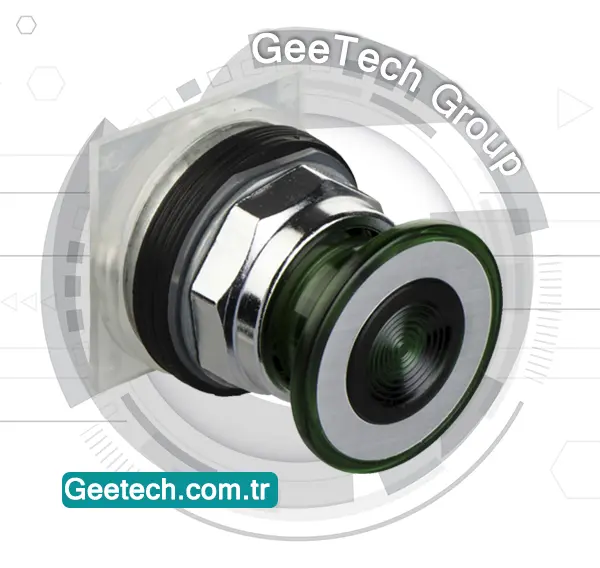
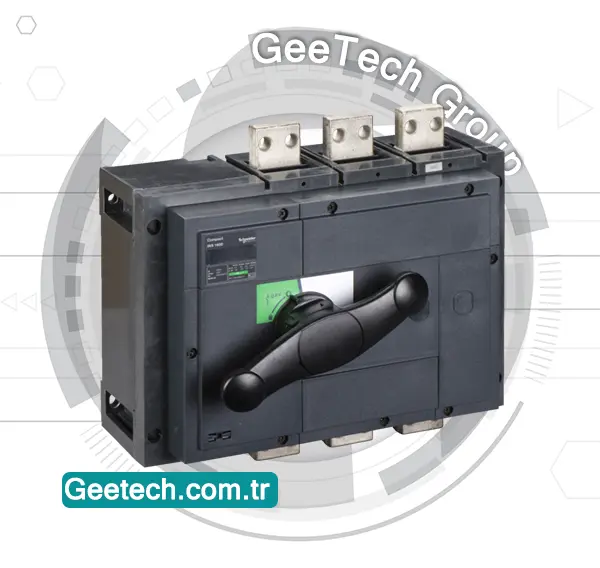
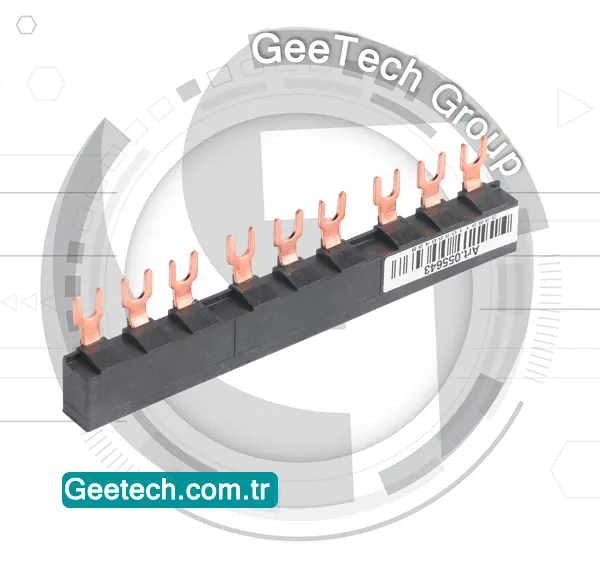
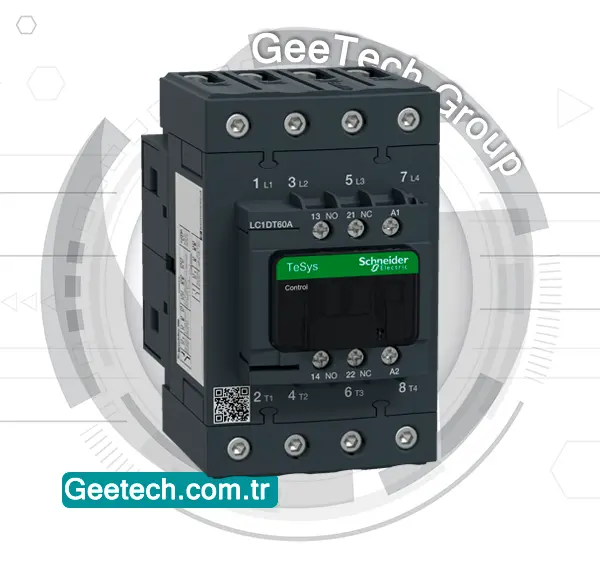
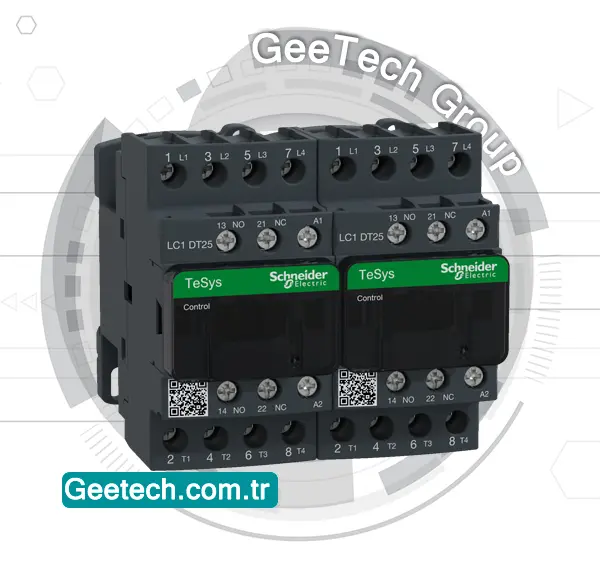

Reviews
There are no reviews yet.